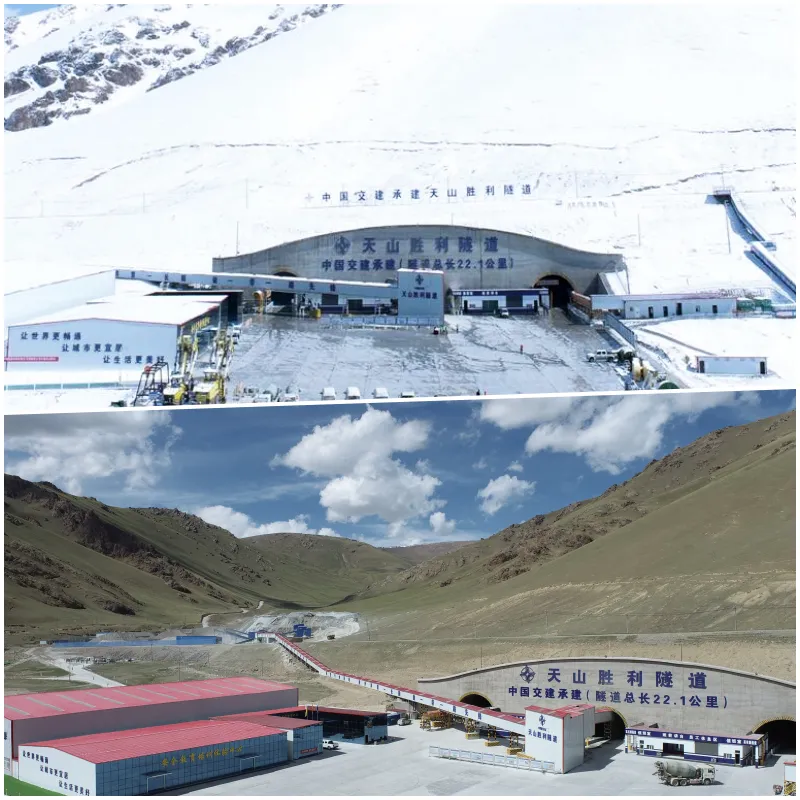
China’s 16km ice tunnel project aims to transform Xinjiang infrastructure
China is set to embark on an ambitious infrastructure project with the construction of a 16km tunnel through the Tianshan Mountains in Xinjiang. This groundbreaking project, part of Highway 219, will traverse a massive 2.4km stretch of ice, aiming to revolutionize transportation and connectivity in the region.

The upcoming Tian Shan Ultra-Long Tunnel will connect the towns of Wenquan and Jiashi, significantly shortening the travel distance between them from 1,710 kilometers to just 500 kilometers. This significant reduction will facilitate increased trade and tourism, narrowing the gap between the northern and southern regions of Xinjiang.
The tunnel is a key part of a broader plan to increase connectivity across Xinjiang, boosting trade and tourism between Tibet, Central Asia, India and Russia. This project is poised to promote economic and social development in the Xinjiang region.
Building a tunnel through the majestic Tian Shan mountains poses significant challenges. Engineers must navigate complex terrain consisting of hard rock formations such as quartz and marble, interspersed with layers of sediment.
The tunneling process will be carried out using the Wensu drilling machine, a giant 235 meter long, 1,800 ton drilling machine specially designed by China Communications Construction Company for this project. Equipped with modern sensors, the Wensu machine can monitor and solve complex geological problems, and has an advanced warning system to detect potential dangers such as falling rocks, ensuring ensure safety throughout the construction process.

An important milestone for China’s infrastructure and regional development. Completion of the Tianshan Ultra-Long Tunnel will not only strengthen China’s position as a world leader in infrastructure development but also open up new economic opportunities for Xinjiang. The project will enhance regional cooperation and interaction, strengthening the relationship between China and neighboring countries.
The ambitious tunnel project marks a significant leap forward in China’s infrastructure capabilities, promising to transform tourism and trade in Xinjiang and beyond.






